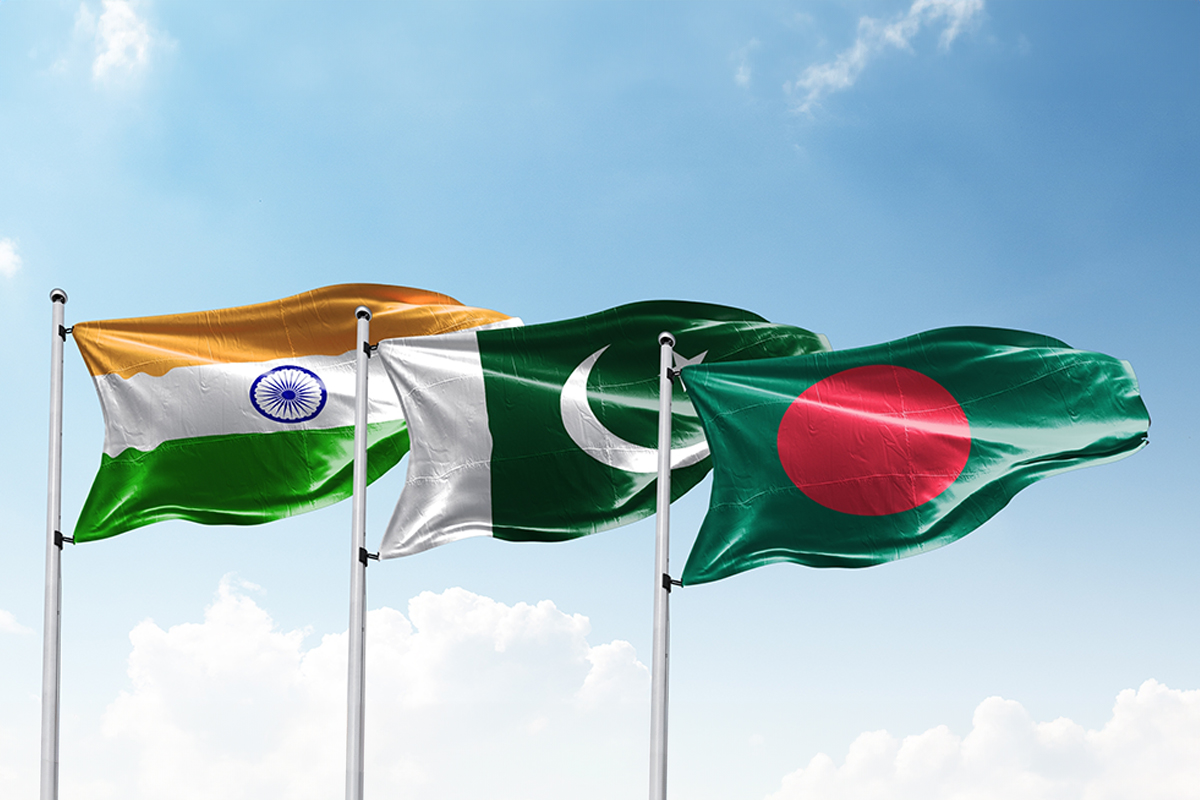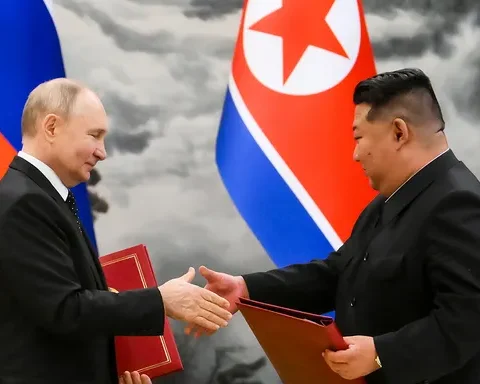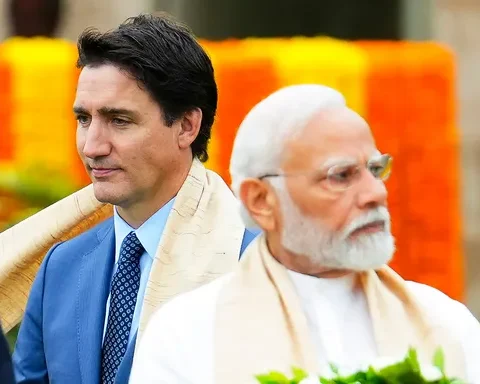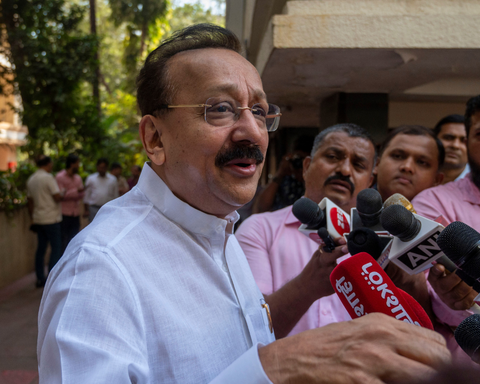The ambition to fortify borders isn’t unique to the US and its Mexico border plan; India too has plans of its own.
India aims to reinforce its borders with both Pakistan and Bangladesh, which combined, exceed twice the length of the US-Mexico border.
This intent was reiterated on Saturday by Indian Home Minister Rajnath Singh. He confirmed that approximately 90% of the border has already been fenced, but expressed concerns about continued attempts by terrorists to infiltrate.
“We are committed to sealing the India-Bangladesh border swiftly. The process will be challenging given geographical complexities like mountains, forests, and rivers,” Singh commented at a graduation event for the Border Security Forces. He further emphasized the country’s determination to secure the India-Pakistan border as well.
Border Dynamics
India shares land borders with a total of six countries, stretching more than 8,600 miles (13,000 km), as per the CIA World Factbook. However, the focal points of concern remain its borders with Pakistan and Bangladesh. The northern region of Kashmir, a contentious territory between India and Pakistan since 1947, remains a point of tension.
K.S. Dhatwalia, a spokesperson for the Indian Home Ministry, informed CNN about the government’s strategy to fortify the “line of control” in Kashmir.
The eastern border with Bangladesh also poses challenges. Years of undocumented migration from Bangladesh have been taxing India’s resources and national security, notes Sanjeev Tripathi from Carnegie India. Tripathi estimates that there might be up to 15 million undocumented Bangladeshi immigrants in India.
While a significant portion of the border is secured, Dhatwalia mentioned the goal is to reinforce the remaining 10%. “The terrain poses challenges,” he acknowledged, hoping to complete the project by the end of 2018.
Analytical Perspectives
Some analysts, however, view the objective skeptically, citing the challenging landscapes.
“Regardless of the effort or technology, these borders remain porous,” opined Bharat Karnad from the Delhi-based Center for Policy Research. He cited natural obstacles such as heavy snow in Kashmir that can destroy fences and the marshy terrains and rivers on the Bangladesh side.
Ajai Sahni, of India’s Institute for Conflict Management, posits that while borders might be porous, fences and security protocols make a difference. Sahni referred to the wire fences set up after the 2003 Kashmir ceasefire, noting a significant reduction in illegal migration subsequently.
A representative of the Indian Border Security Force, which co-patrols the “line of control” with the Indian army, highlighted its strength, boasting over 250,000 troops and claiming it to be the world’s largest border force.
“While infiltration persists, it’s more challenging now,” added Sahni.
India’s endeavours to reinforce its borders highlight a global trend of nations prioritizing their national security and territorial integrity. With the challenges of varied terrains and historical disputes, the success of India’s border project remains to be seen. However, the commitment to such endeavours underscores the significance of borders in geopolitics and the ongoing concerns surrounding national security and migration in the 21st century.







